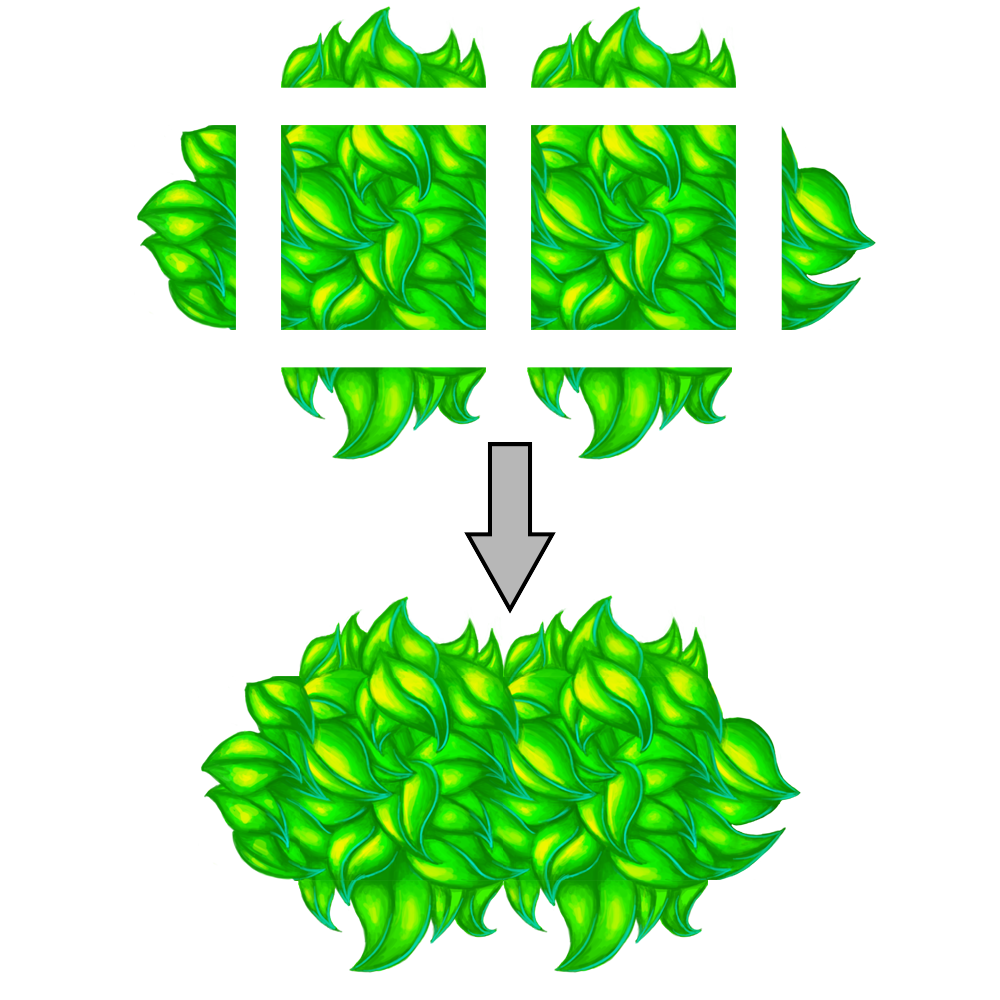We showed the most recent version of the game to our professors and they said it had good points, but that we need to work on gameplay and level design more. I totally agree with them. To help give the player more choices we elected to add more abilities instead of putting a limit on the player's healing power. We decided an additional slide and bounce power would reveal platforms and, in addition, allow the player to access areas that are higher and further than they could without them.
Mike and I have been tweaking the mechanics of the game a bit. The power is now working on a hold instead of a toggle. If you were wondering, yes I got the power to show up as a circle. I had to modify a custom shader I found online, but with a good amount of playing around with it, it works well.
Our artists have been working hard as well. I'm especially impressed with Corey's work. The platforms he made have a lot of style. I can't wait to see what he can do with an entire game. Here they are:
On Thursday we will be presenting the game to our classmates to show off our progress. With the changes we're making, I'm interested to see what happens. I could see our feedback going either way.
To be continued...




